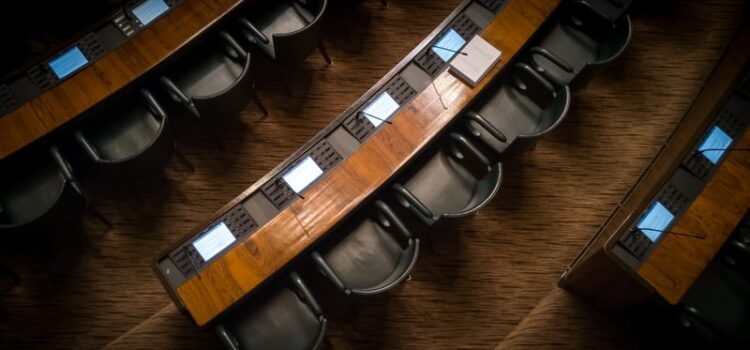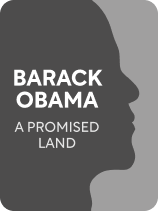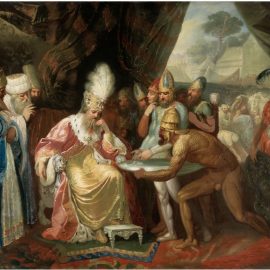

This article is an excerpt from the Shortform book guide to "A Promised Land" by Barack Obama. Shortform has the world's best summaries and analyses of books you should be reading.
Like this article? Sign up for a free trial here .
What is a lame duck session? How did President Obama take advantage of the lame duck session to change and enact new policies?
During the lame duck session of 2010, the Obama administration used the time to be as productive as possible. This included rolling back the Bush tax cuts.
Keep reading to find out what a lame duck session is and how Obama used this time to enact change.
What Is a Lame Duck Session?
In November and December 2010, Obama and the Democrats would enjoy one of the most productive lame-duck sessions on record. Although Democrats had been beaten in the 2010 midterm elections, the new Republican House majority wouldn’t be seated until early January (the period between an election and the seating of new members is known as the lame-duck period).
This meant that there would still be two more months of a Democratic-controlled Congress—and President Obama intended to use this time to push through some important reforms.
So, what is a lame duck session and how did Obama use it?
Rolling Back the Bush Tax Cuts
What is a lame duck session and how can it help move policy along?
The Bush tax cuts had been passed in 2001 and 2003 during George W. Bush’s first term. Obama had long been opposed to the tax cuts, whose benefits had gone overwhelmingly to the wealthiest Americans. The top 2 percent of U.S. taxpayers received a staggering $130 billion from the tax cuts, while their overall $1.3 trillion price tag had led to ballooning federal deficits—with unimpressive economic growth and a recession to show for it.
The tax cuts were all set to expire automatically at the end of 2010, an outcome that the entire GOP was determined to avoid—and that gave Obama important leverage in his negotiations with them. Obama didn’t want all the tax cuts to expire. His economic team warned him that raising taxes could derail the already weak recovery and would be politically costly. But he did want to end the tax cuts for those earning over $250,000. This would reduce the deficit and provide nearly $700 billion in revenue that could be used for more progressive policy initiatives.
Mitch McConnell and the Senate Republicans were unwilling to take this deal, however. They wanted a full extension of the Bush tax cuts, period. But Obama knew that this was not a position the Republicans could maintain—McConnell would have to deal with the administration, because if Obama simply did nothing and ran out the clock, all the tax cuts would expire and the Republicans would get nothing.
Ultimately, Obama sent Vice President Biden to handle the negotiations, believing that cutting a deal with Biden would be less politically risky for McConnell than dealing with the president directly. Biden and McConnell agreed on a two-year extension of all the tax cuts, in exchange for an extension of unemployment benefits and an extension of the administration’s $212 billion worth working- and middle-class tax reforms.
Although he hadn’t wanted to extend the full schedule of Bush tax cuts, Obama was pleased that he’d been able to deliver meaningful tax relief for ordinary Americans. It also provided a crucial opening salvo for the 2012 presidential election. If Obama won in two years, he’d be in a position to end the tax cuts; if he lost, Republicans would be in a position to make them permanent.

———End of Preview———
Like what you just read? Read the rest of the world's best book summary and analysis of Barack Obama's "A Promised Land" at Shortform .
Here's what you'll find in our full A Promised Land summary :
- How Barack Obama went from relative obscurity to the first Black president
- What principles guided his political leadership style
- Why Obama retained an unshakable faith in the potential and promise of America






